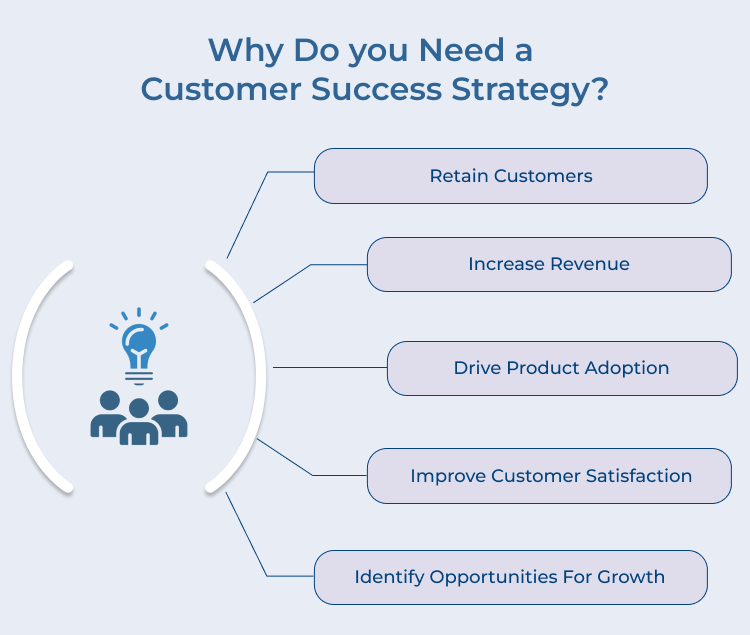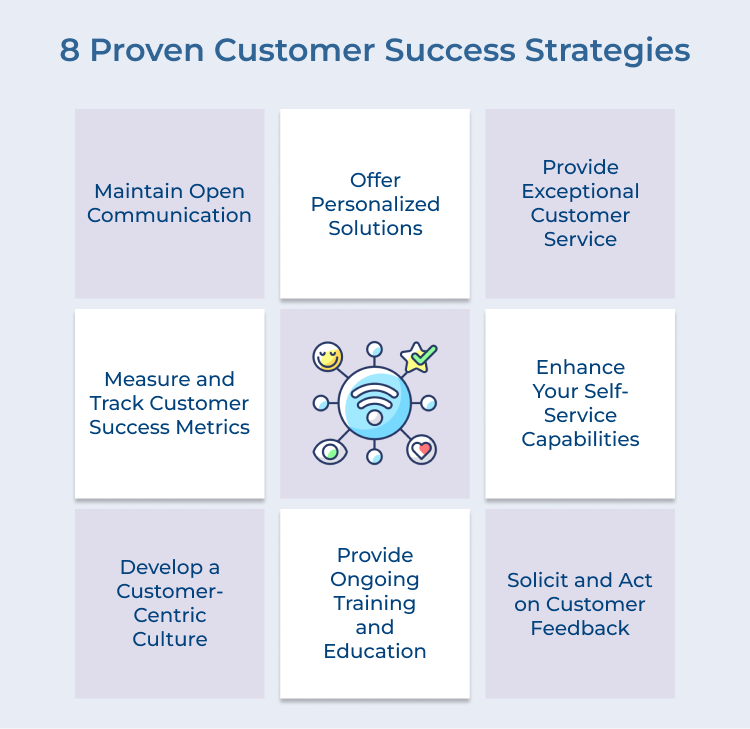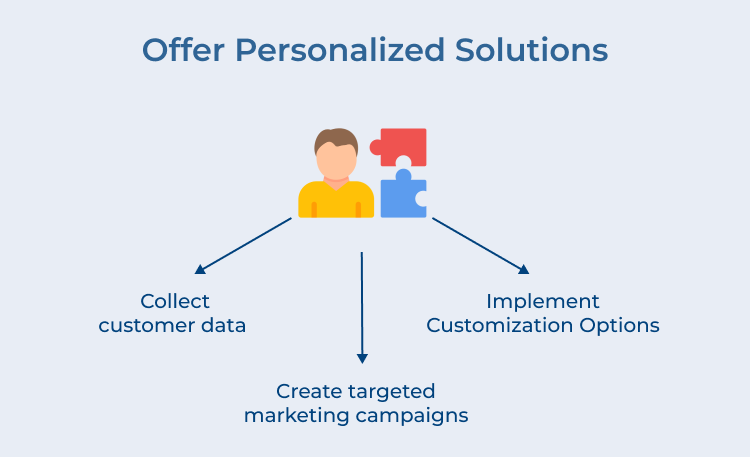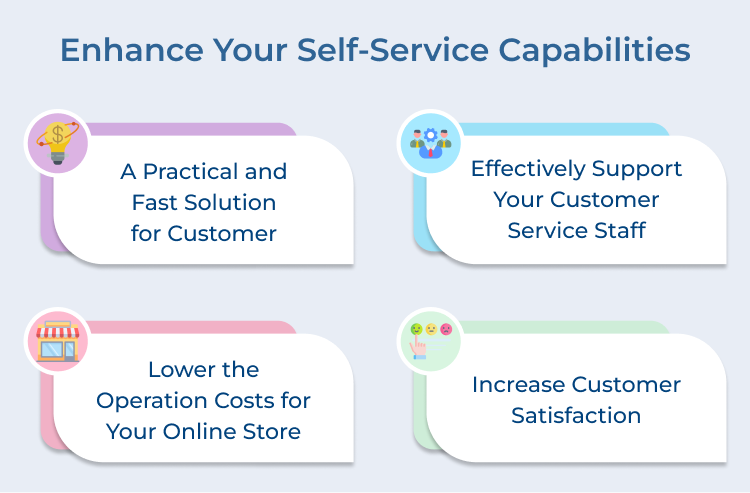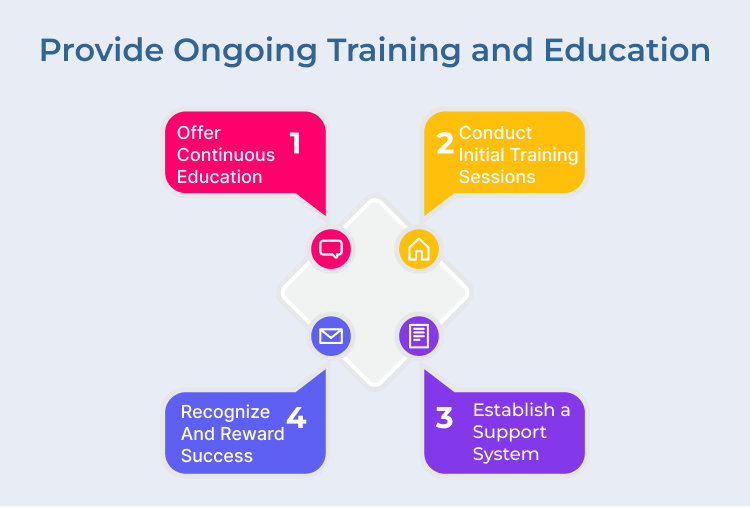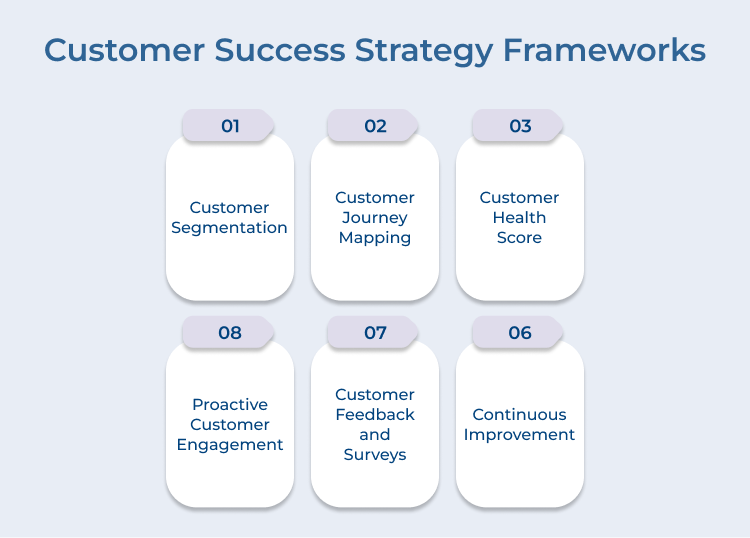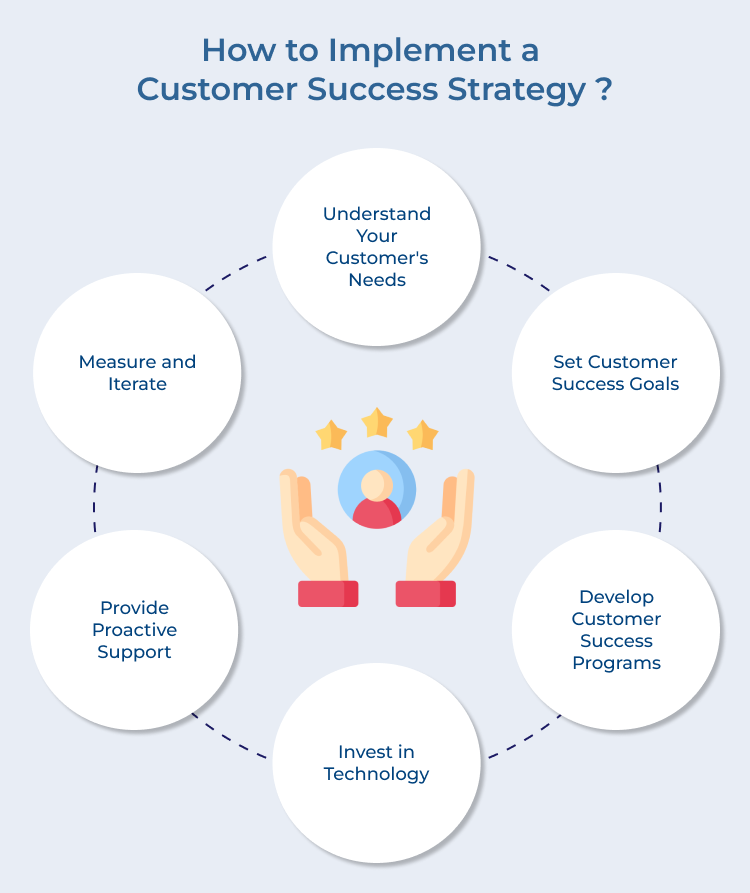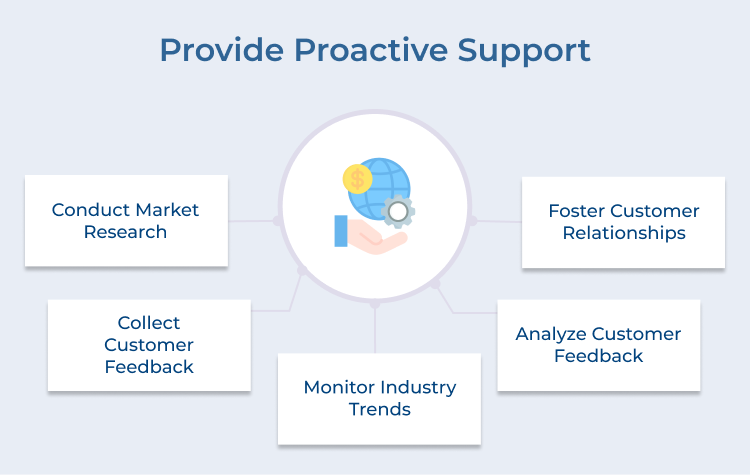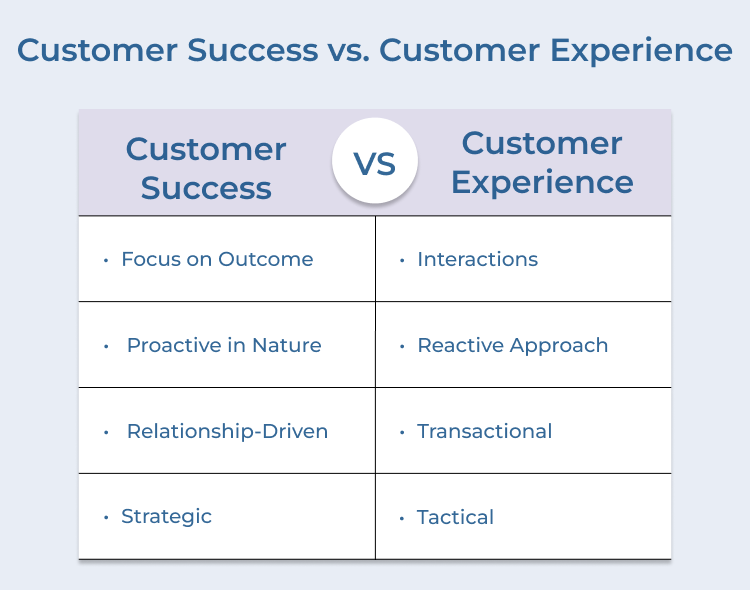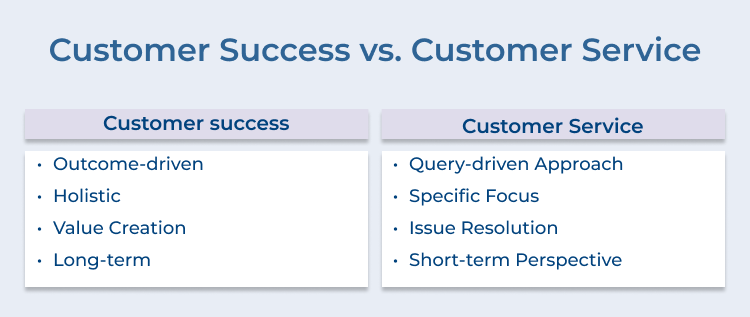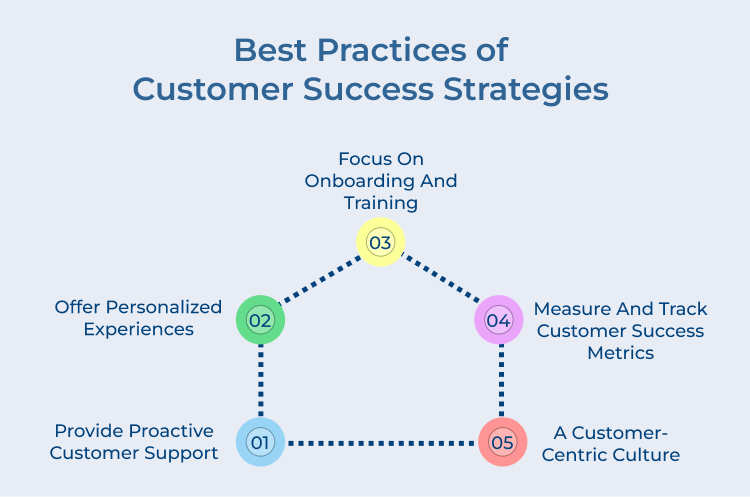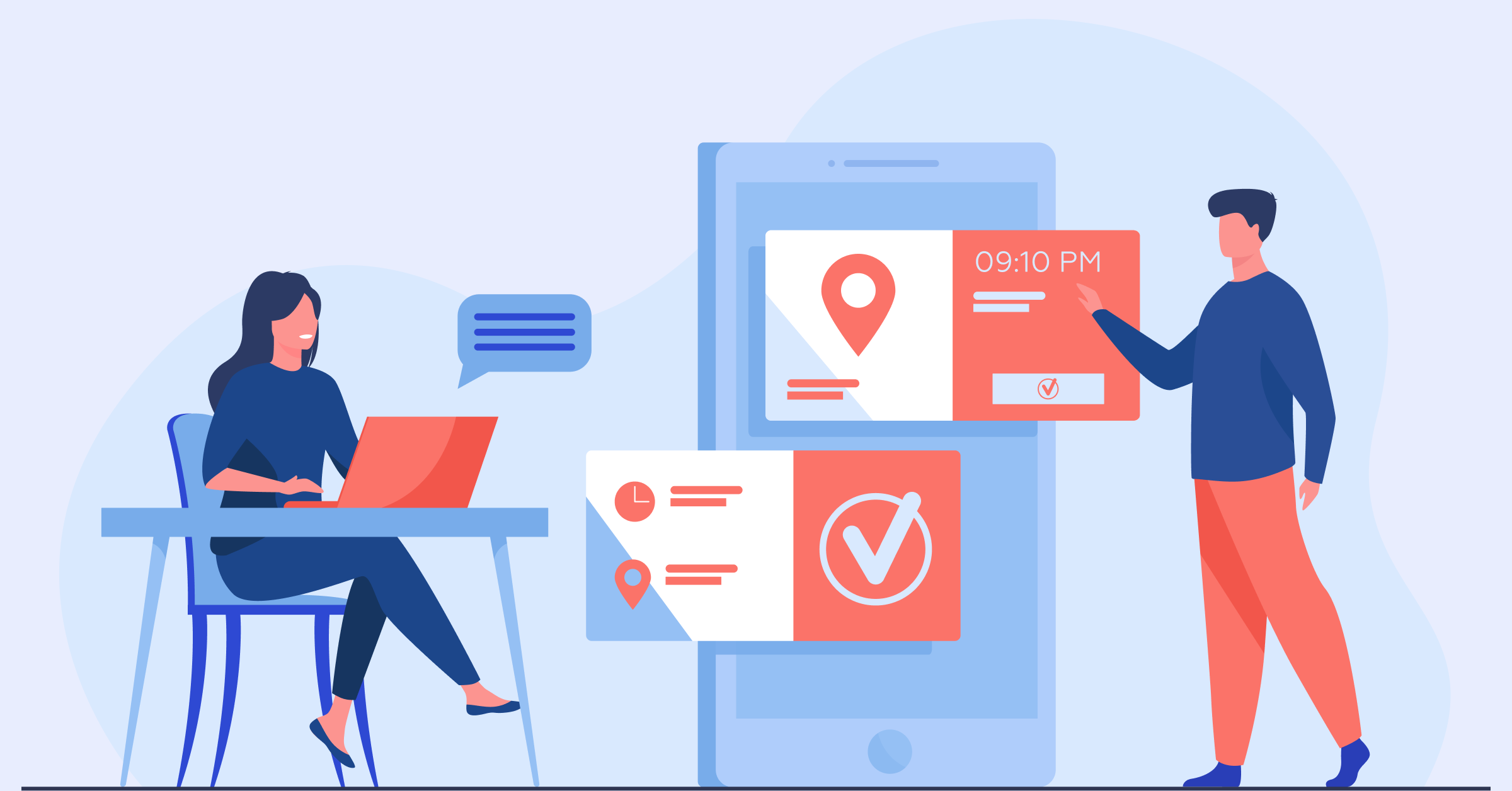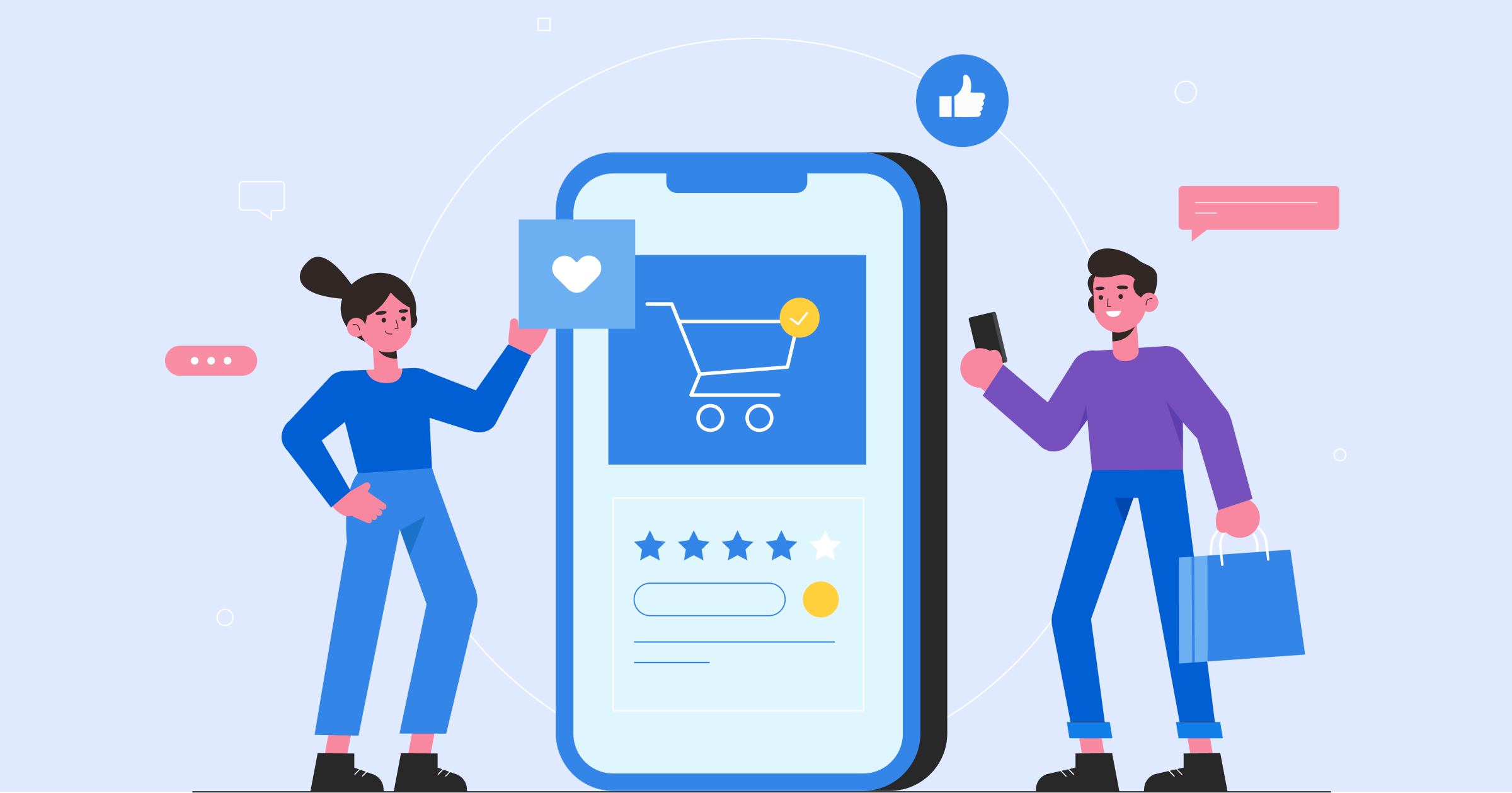1. Customer Segmentation
Customer segmentation begins by understanding the different preferences and interests of your customer base. Divide your audience into groups based on factors such as demographics, behavior or purchase history. This enables the businesses to tailor the customer success efforts to meet the specific needs of each segment.
2. Customer Journey Mapping
Mapping out the customer journey – from initial contact with the business to post-purchase support – can help businesses identify potential pain points and opportunities. By visualizing the customer experience, businesses get to develop strategies to enhance customer satisfaction at each touchpoint.
3. Customer Health Score
A customer health score is a metric used to assess the overall satisfaction and loyalty of customers. Track the factors such as product usage, engagement and feedback to get a more holistic view of customer satisfaction. Then, intervene proactively when issues arise.
4. Proactive Customer Engagement
Proactive customer engagement involves reaching out to customers before they encounter issues. It can include sending personalized emails, providing educational resources, or offering product recommendations based on customer behavior. Engage with customers proactively to build stronger relationships and increase customer retention.
5. Customer Surveys
Gathering feedback from customers through social media channels gets you informative data into customer preferences and pain points. The information can then be used to make informed decisions as well as implement changes that will benefit customers.
6. Continuous Improvement
Customer success is an ongoing process that requires constant monitoring and adjustment. Regularly review customer feedback, analyze data and implement changes based on insights. These changes will help businesses continuously improve the customer experience and drive long-term success.
How to Implement a Customer Success Strategy?
CSS has been such a success over the years where IBM has decided to hire over 700 customer success managers to expand its existing team from 300 to 1000! Here’s how to implement one:
